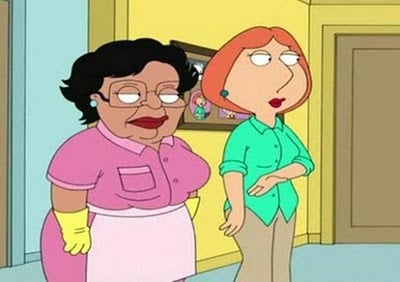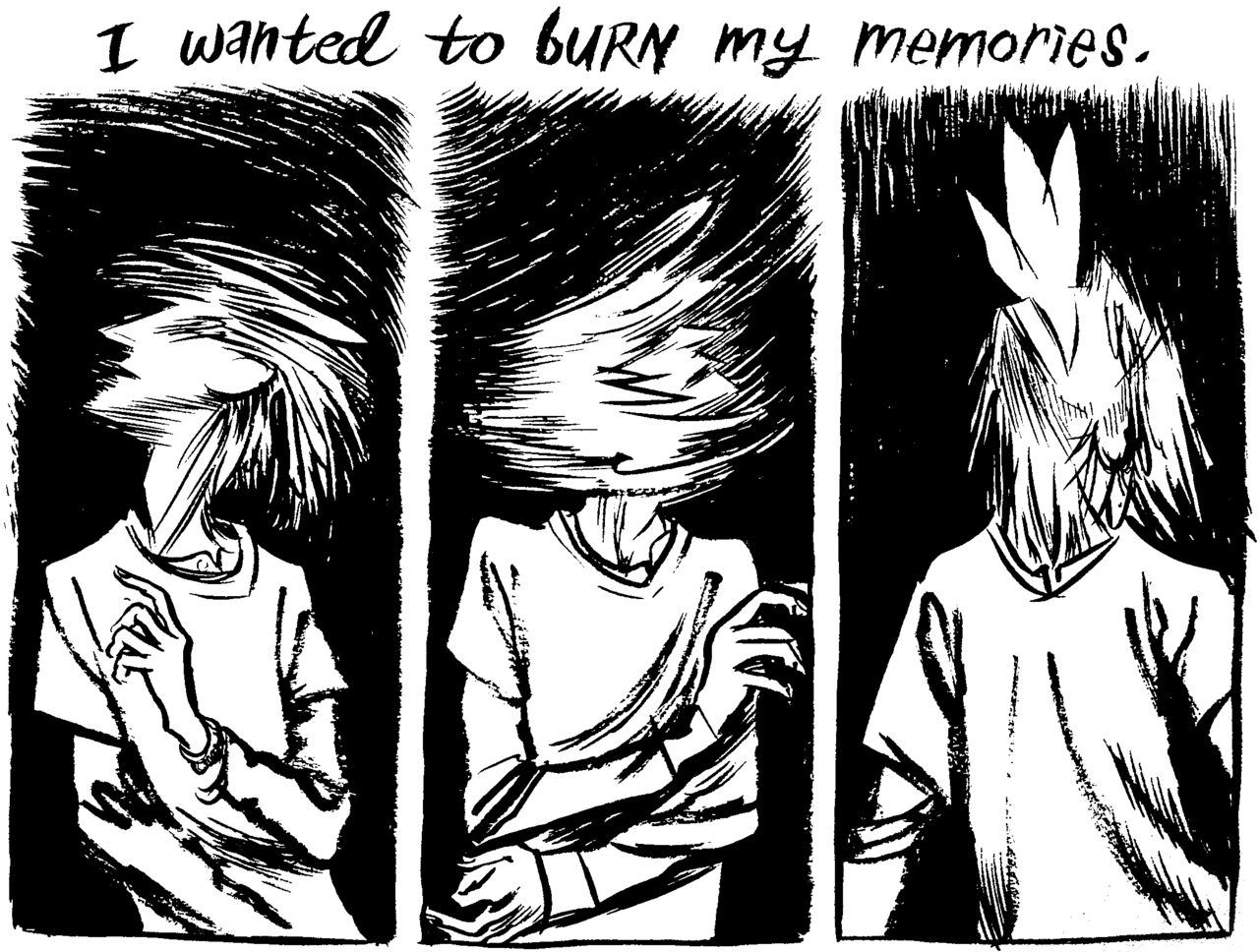The Killing Joke Q&A
- What is your reaction to the text you just read?
Eh. I'm honestly really bored of Batman, and of grim dark superhero stories in general. I think there's been an over-saturation of that kind of content, and The Killing Joke reminds me of that. It's got everything that while I'm sure was shocking and cool when it came out that I'm tired of, particularly the treatment of Barbra Gordon. Seriously, how many girls have to suffer in media for that sweet, sweet man pain?
The thing that definitely interested me the most was the Jokers backstory, which caught me off guard and made me feel bad for the poor guy, which I'm sure was part of the point. I'd never seen a backstory for him, so to see his origin story was cool.
The thing that definitely interested me the most was the Jokers backstory, which caught me off guard and made me feel bad for the poor guy, which I'm sure was part of the point. I'd never seen a backstory for him, so to see his origin story was cool.
- What connections did you make with the story? Discuss the elements of the work with which you were able to connect.
I didn't really connect with anything. I think there'd be a larger issue at hand with me if I had, honestly... I did feel sympathy for the Joker after seeing his backstory, and obviously felt bad for Detective Gordon and his daughter, but I can't really say that I connected to anything in the story.
- What changes would you make to adapt this story into another medium? What medium would you use? What changes would you make?




















